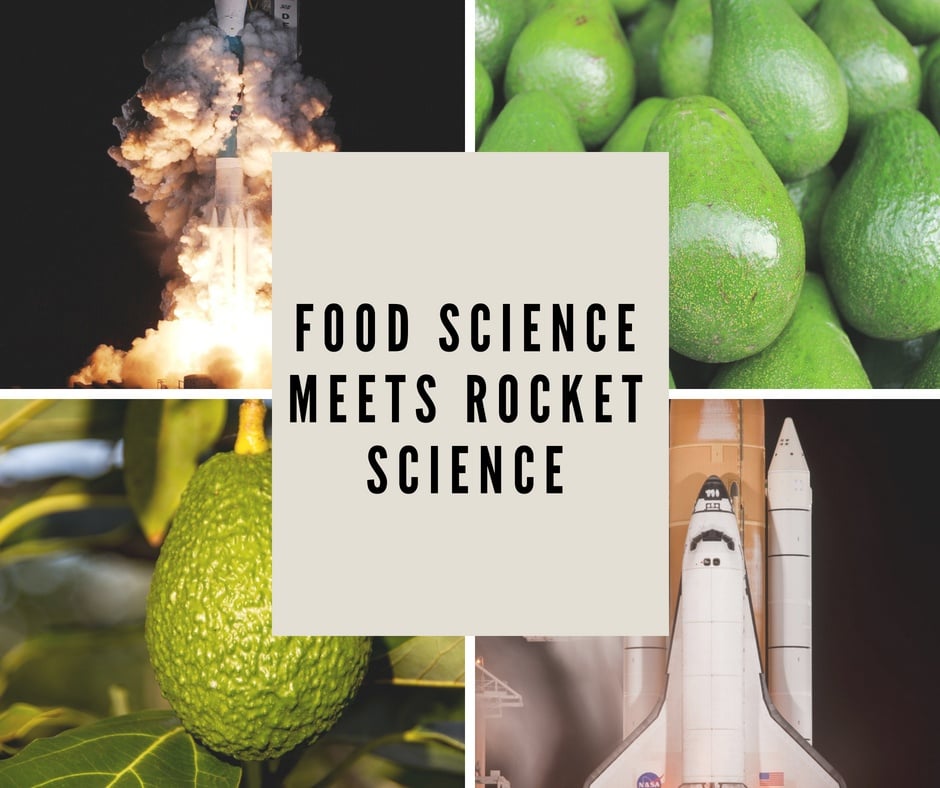
Conventional wisdom in many corners of industry may steer seekers of outside services such as systems integration (Optimation’s business) to those firms with direct exact and typically singular experience in a given field.
That is, it would be standard practice for a food tech company looking for design and/or manufacturing capabilities to search for an integrator or shop that has made something exactly like the food tech company’s needs before. That would seem to lower risk and improve the likelihood that normal equipment, processes, and standards would be known and conformed to (that is not a bad thing). But it would also predict that little innovation or differentiation is likely. Perhaps those features would even be avoided or discouraged, explicitly or unintentionally.
The same would likely be true for an aerospace application seeking a design/manufacturing partner. It would be logical to seek out tried-and-true firms with exactly the credentials that produce what the firm or agency has gotten in the past; you can almost hear the adage, “do what you’ve always done, get what you always got” ring in your ears. Also not a bad thing, just not the path to progress, evolution, or step-change development.
Of course, in some cases that is the way to go, and many go there.
But recently we have at our firm another example of cross-pollination. Food tech meets high tech; more specifically, avocados meet fuel valves.
In this most recent example of synergy, we are simultaneously working on projects for an incredibly innovative and market-changing food shelf-life extending technology company, and NASA. Both shoot for the moon. Apeel Sciences of Goleta, CA needs to go beyond conventional wisdom and those boundaries to apply space-age technology and thinking to the problems of coating fruit and produce in large quantities with their proprietary plant-based coatings. Their vision is of abundant harvest preservation well past today’s shelf lives, and do so without extended cold storage, and to make that benefit available to much greater populations around the world.
The rare Optimation combination of industries served and the ability to translate features, functions, and benefits across those boundaries to the advantage of Apeel is, well, appealing. Necessary, perhaps. The traditional processes, technologies, approaches, and thinking are not going to get this greatly needed technology into the market cost-effectively and functionally successfully. This calls for something different.
Likewise, with the space agency seeking a specialized high-pressure, precision manufactured test system to assess, clean, and recertify spacecraft components for re-use after completing missions before they can again be put back into service. Mission-critical elements and subsystems require the highest certainty of performance-worthiness. Working with a firm that has multiple industry experience relevant to the principle needs of the application assures compliance with regulations, standards and the like (table-stakes).
But it also provides the probability of innovation and confirmable relevant technology applications that meet spec. the kinds of conditions presented by outer space and the associated gravity-defying challenges are staggering—high pressures, vacuum, extreme temperatures, radiation, etc. By enabling the ability to draw on practices, standards, and technologies that are employed in similar and sometimes even more exacting applications, these clients allow for the opportunity to accomplish their missions while doing so in an environment of ever-tighter budgets, time constraints, and demanding requirements.
You won’t find rocket engines on your tomatoes or avocados, or glycerolipids on the moon. But these clients do find that when you allow for the novel yet proven but unconventional to enter your equation, great things can happen.
{{cta(’76b78424-7a6e-4646-a729-8c27465d88c3′)}}
